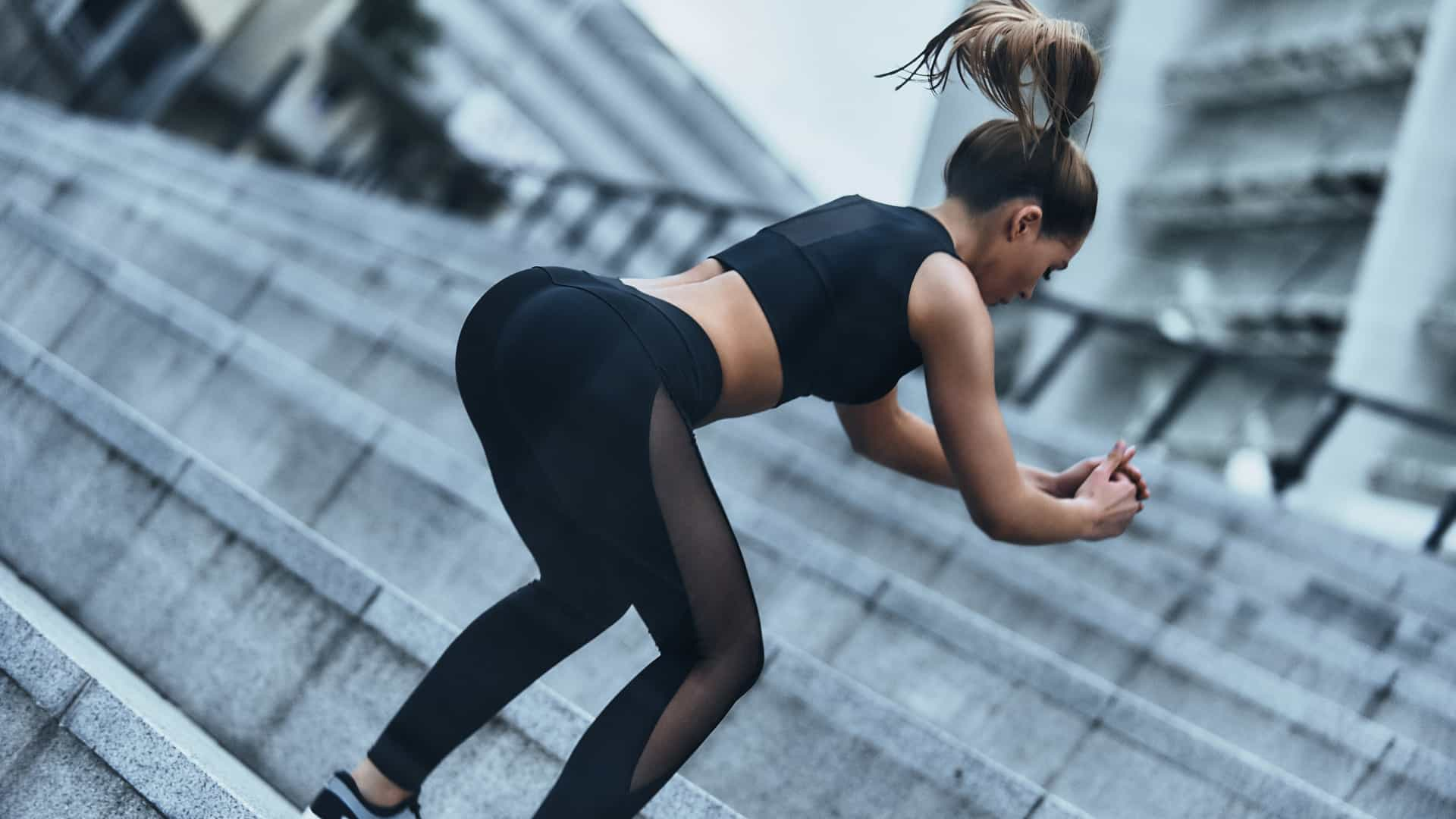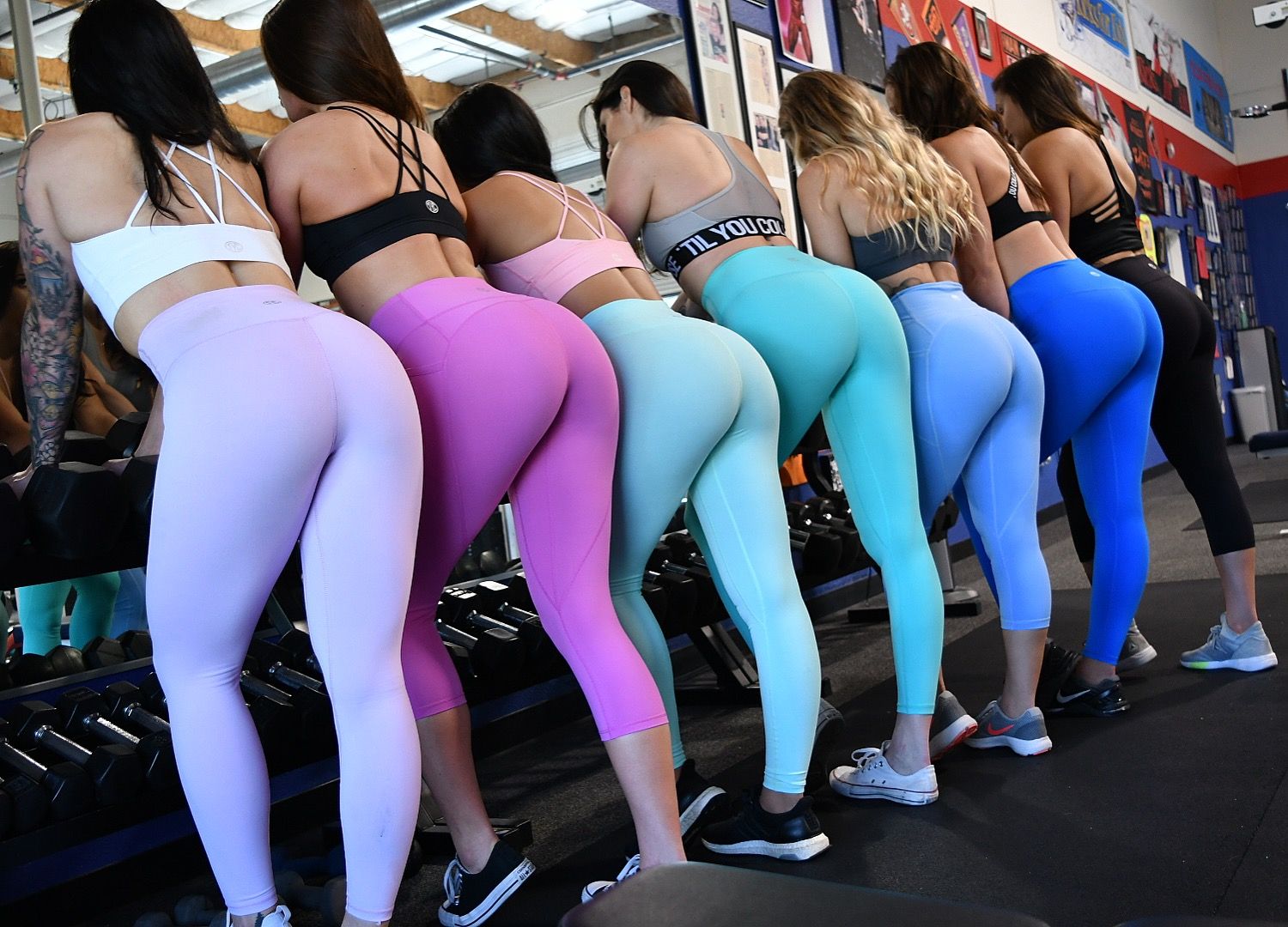How to read product labels on women leggings for sustainable and ethical choices!

Choosing Women Leggings with the right certifications can make a big difference in supporting ethical fashion, promoting sustainability, and ensuring long-term comfort and safety. Reading product labels becomes more meaningful when you recognize trusted standards that go beyond just fabric type or size. Certifications like GOTS (Global Organic Textile Standard) confirm that fibers are organically grown, processed without toxic chemicals, and handled in eco-friendly facilities. Fair Trade Certified™ ensures workers involved in the production process are paid fairly and operate in safe, humane conditions, contributing to community development. OEKO-TEX® Standard 100 guarantees that every component of the garment has been tested for harmful substances, making it safer for sensitive skin. Bluesign® takes it a step further by evaluating the entire production chain to minimize environmental impact, from raw materials to finished product.
Avoiding Greenwashing by Learning the Language of Marketing Claims
In today’s retail landscape, sustainability has become a selling point—but not all claims are created equal. It’s common to see vague terms on product tags like “eco-friendly,” “natural,” or “green,” which may not be backed by any standards or third-party verification. These are often signs of greenwashing, where brands use environmentally charged language to appeal to conscious consumers without making meaningful changes to their production methods. Instead of trusting such broad claims, look deeper. A genuine label should mention specifics, such as “made with 95% organic cotton certified by GOTS” or “dyed using low-impact processes.” Learning how to distinguish real sustainability efforts from marketing fluff can help you avoid falling for empty promises and support businesses that are truly making a difference.
Paying Attention to Country of Manufacture and Brand Transparency
Another aspect often overlooked on clothing labels is the country of manufacture. This detail can offer insight into potential labor practices, environmental regulations, and overall production ethics. While not all overseas production is unethical, it’s worth noting that some countries have weaker labor protections and environmental oversight. Labels that state the manufacturing location alongside compliance information—such as adherence to local labor laws or factory audit results—can be a sign of greater brand transparency. Some ethical brands even include QR codes or website links that lead you to a full breakdown of their supply chain, allowing you to trace the garment’s journey from raw material to finished product. Transparency like this empowers consumers to make more conscious purchasing decisions.
The impact of women leggings on posture and support during workouts
One of the lesser-discussed benefits of tight-fitting athletic attire is its role in maintaining correct muscle alignment. During intense physical activity, fatigue often leads to poor form, which can strain muscles and joints. Compression garments gently support key areas such as the thighs, hips, and lower back, helping to keep the body aligned as it moves through dynamic exercises. This subtle yet constant reinforcement encourages better posture and can prevent the kind of overcompensation that leads to injury.
Supportive Fitness Apparel Promotes Stability in Core and Lower Body Movements
Core engagement is essential in almost every form of exercise, from weightlifting to yoga. Well-designed workout gear that provides slight resistance or structured support around the midsection and hips can encourage activation of stabilizing muscles. This can improve balance, help with coordination, and keep the pelvis in a neutral position—all of which are critical for maintaining proper posture during workouts. The snug fit acts almost like a tactile reminder, keeping wearers mindful of their form.
Functional Design Features in Activewear Help Prevent Slouching and Improper Form
Athletic clothing today often incorporates design features meant to enhance the training experience. For example, some designs use paneling or ergonomic stitching to support natural movement patterns. These features are not just aesthetic; they guide motion, restrict unnecessary strain, and discourage slouching. Especially in exercises that demand upright posture—like deadlifts, squats, or Pilates—a good outfit can help users keep their spine aligned and shoulders properly retracted.
How to choose the perfect pajama sets for women based on your sleep style
Selecting the right Pajama Sets for Women begins with recognizing whether you naturally sleep hot or cold. This factor plays a major role in how comfortable you’ll feel through the night. If you’re someone who wakes up sweaty or tends to overheat under blankets, breathable and moisture-wicking materials like bamboo, cotton, or modal are ideal. These fabrics allow for airflow and help regulate body temperature, ensuring you stay cool even on warmer nights. On the flip side, if you’re always reaching for extra layers or curling up to stay warm, consider flannel, fleece, or thermal options that provide better insulation. These cozy fabrics can help retain body heat and make a significant difference in how well you rest. Matching your sleepwear to your body’s temperature tendencies is a simple yet often overlooked step toward improving your sleep quality.
Consider Your Sleep Movements and Opt for Styles That Move With Your Body, Not Against It
Whether you sleep like a statue or toss and turn all night, your sleepwear should support, not hinder, your natural movement. Active sleepers—those who frequently change positions—will benefit from stretchy, non-restrictive fabrics that won’t twist or bunch up. Look for options with a bit of spandex or elastane, as well as relaxed-fit styles that offer plenty of room to move. Additionally, seamless designs or those with minimal stitching can prevent discomfort and chafing while you sleep. For more still or stationary sleepers, comfort and softness become top priorities. In this case, silk, satin, or soft jersey materials can provide a luxurious, gentle touch against the skin, enhancing your sense of relaxation. The right sleepwear will accommodate your motion, helping you rest uninterrupted and wake up feeling refreshed.
Think About the Climate and Season to Choose Pajamas That Match Your Environmental Needs
The weather and time of year should heavily influence your sleepwear decisions. In warmer months, lightweight and breathable fabrics are essential to prevent overheating. Opt for short sleeves, camisole tops, or shorts that allow your body to release heat naturally. During colder seasons, layering becomes key—long-sleeve tops paired with full-length pants or even a matching robe can offer extra warmth. It’s also a great idea to consider temperature-fluctuating environments, like air-conditioned bedrooms in summer or drafty homes in winter. Having multiple types of pajamas suited for each season ensures you’re never caught off-guard by a shift in weather, and your sleepwear can support restful, uninterrupted slumber year-round.
How to wash and care for pajama sets for women to keep them like new
Different materials require different care, and that begins with the detergent you choose. Cotton, silk, satin, and flannel all respond differently to cleaning agents. A gentle, pH-balanced detergent is ideal for maintaining softness and preventing the breakdown of fibers. Avoid heavy-duty formulas or those with bleach, especially for delicate or printed sleepwear. Enzyme-free options are especially good for retaining the natural feel and color of the fabric without causing premature fading.
Wash on Gentle Cycles and Use Cold Water to Maintain Shape and Color
Harsh washing machine settings can easily lead to shrinking, stretching, or weakening of the fabric. To keep your favorite sleepwear looking and feeling new, always opt for the gentle or delicate cycle. Cold water not only protects the color vibrancy but also reduces fiber damage. This step is especially important for any garments with elastic waistbands or lace trims, which can deteriorate quickly under high temperatures.
Always Turn Garments Inside Out Before Washing to Preserve Prints and Embellishments
Turning your sleepwear inside out before washing might seem like a small detail, but it plays a major role in long-term care. Printed designs, embroidered logos, or decorative stitching are often the first parts of clothing to show wear. Washing them inside out minimizes friction and direct contact with other clothes or the washing machine drum, helping these elements last much longer.






